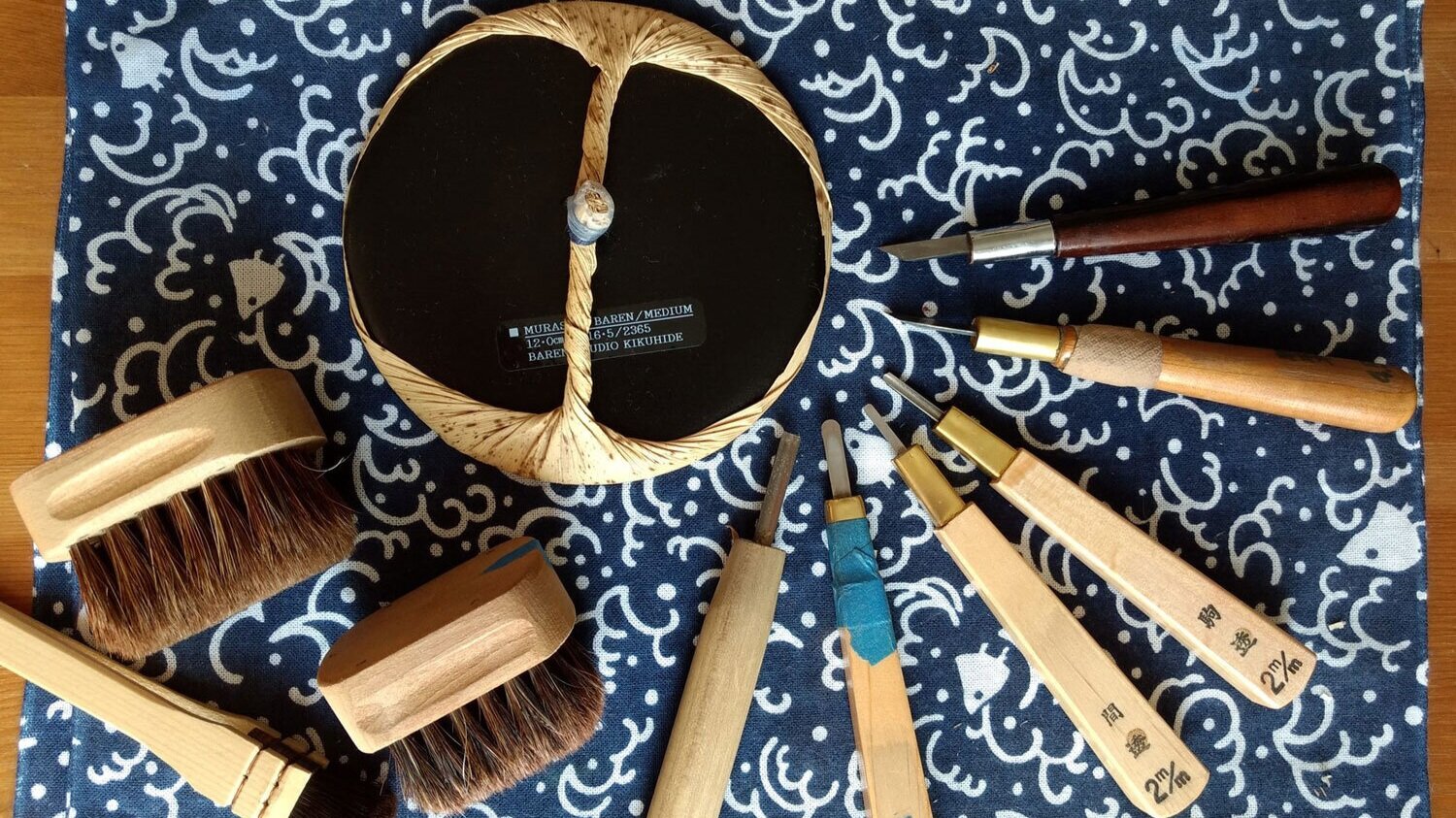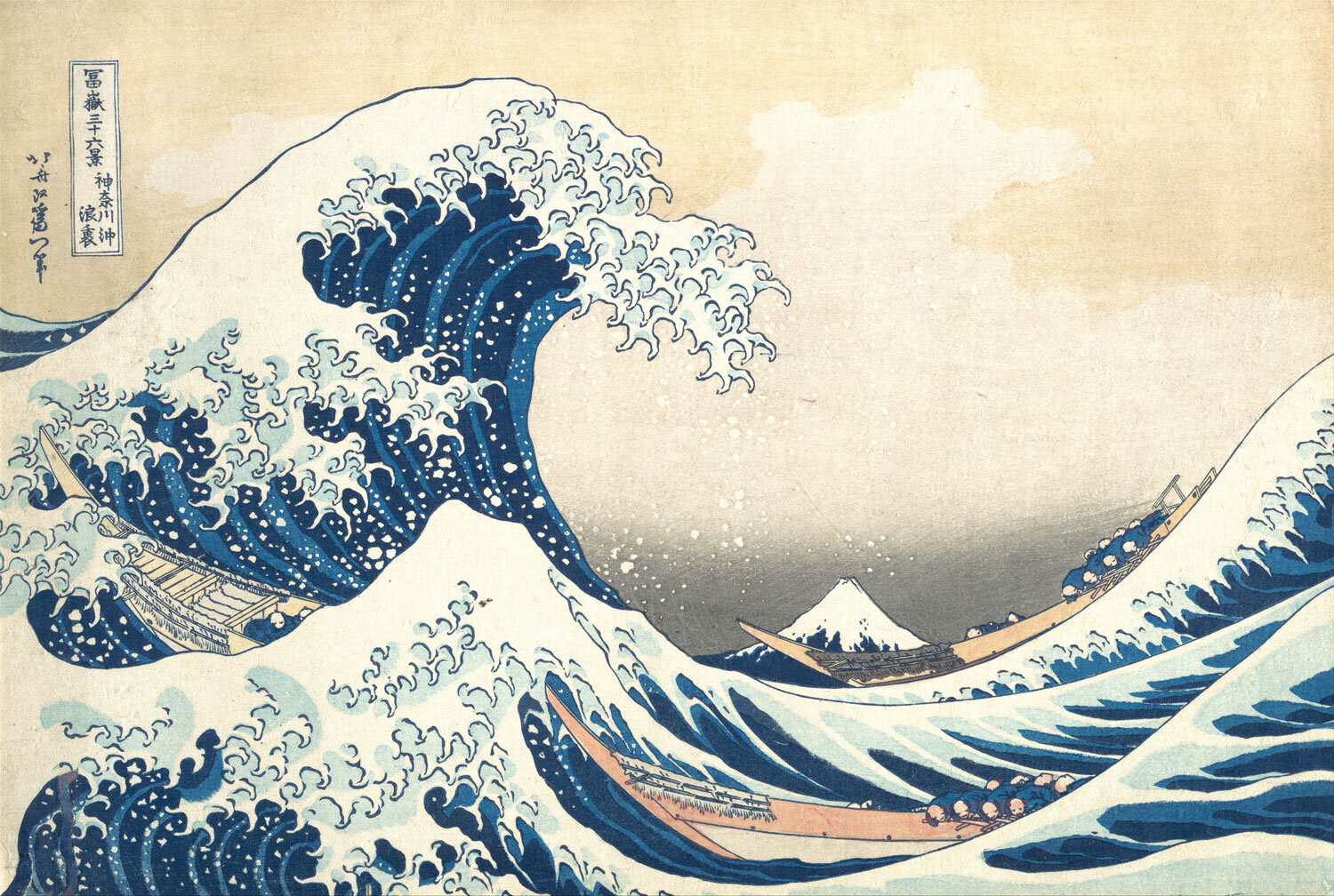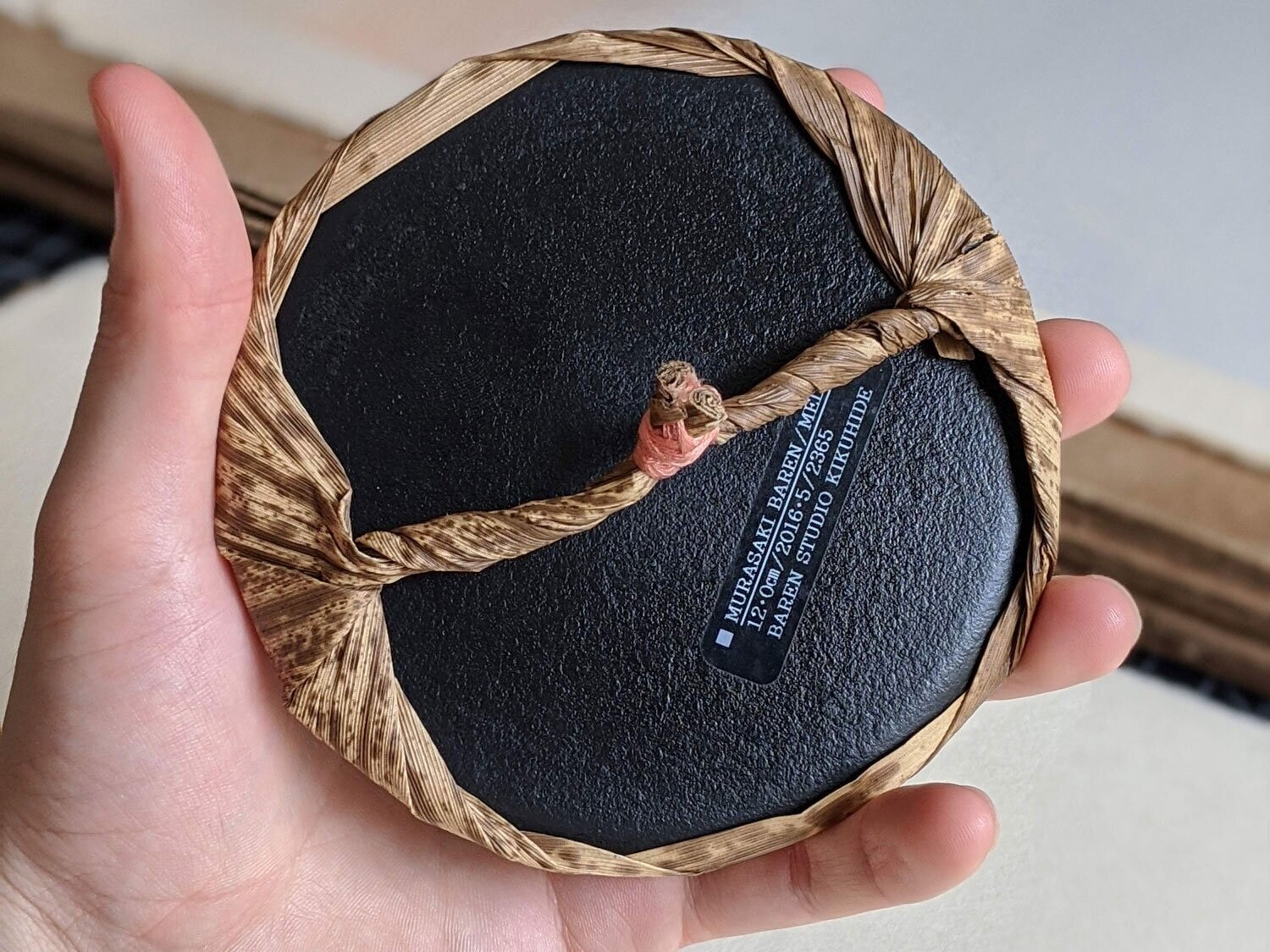
A Contemporary Approach to a Traditional Medium.
Japanese Woodblock Prints
Japanese woodblock prints or mokuhanga is a water-based printmaking medium where an image is printed from a carved block that is pressed by hand with a rubbing disk called a baren. Widely popular in the Japanese Edo period (1603–1868), mokuhanga was the primary medium used in Ukiyo-e. One of the most famous Japanese artworks, “Under the Wave off Kanagawa” by Katsushika Hokusai was made with this method.
Design and Drawing
Woodblock prints generally start with a sketch or drawing to plan out the composition of the image. This design will then be transferred to the woodblock for carving. Often for color prints, multiple blocks are needed. This color separation is planned during the design process. In reduction prints, the original design is invaluable as it can be used as a map while printing.
Carving the Woodblock
Using a number of specialized wood carving knives and gouges, unwanted areas of the design are carved away. The un-carved area or positive part of the block is what is printed. Registration marks called kento are carved directly into the block to make sure subsequent color layers line up in the final print. In reduction prints, color blocks are often carved multiple times in between printings.
Ink, Color, and Water
Once the carving is finished, water-based inks are combined with rice starch paste and are brushed onto the surface of the block using brushes called marubake. These soft brushes combined with the paste allow for even color layers. By adjusting the amount of rice paste, water, and ink, different textural effects can be made such as gradations or a speckling effect known as goma zuri.
Printing by Hand
Unlike western-style printmaking that often requires the use of a heavy printing press, pressure in mokuhanga is created by a handheld disk known as a baren. The printer uses a baren to apply even pressure across the back of the print to transfer the image onto the paper. There are different styles of barens ranging from a traditional baren with its bamboo sheath, to a steel ball barring baren used to apply higher pressure across flat areas of color.
Reduction Print
Unlike in traditional mokuhanga, reduction printing often uses one or two woodblocks that are carved multiple times after each layer. Working from light to dark, large areas of color are printed first. The block is reduced and reprinted, leaving the previous color visible. This results in complex multilayered prints made of many translucent colors. Editions of reduction prints are truly limited, as the woodblock is carved away throughout the printing process and can never be printed from again.
Handmade Paper
One of the most important parts of mokuhanga is the handmade Japanese paper known as washi. Unlike western papers made from wood-pulp or cotton, the majority of washi is made from the inner bark of mulberry shoots, called kozo in Japanese. Kozo fibers are incredibly strong, so paper made from kozo can accept many layers of color. Color prints created on washi have a soft glow and depth of color unique to the medium.







